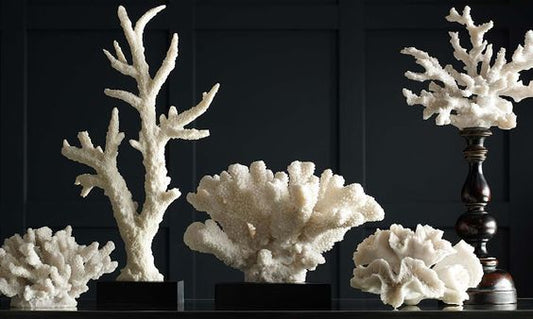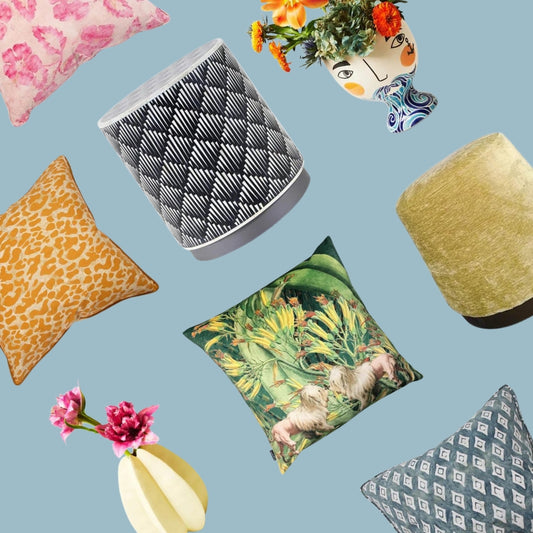Mango wood is one of the best woods for sustainable furniture.
When we think about living sustainably, we often consider the food in our fridge, the vehicle we drive or how we deal with our waste. Yet few of us ever consider whether the furniture in our homes is sustainably manufactured.
The reality is that the furniture manufacturing industry has often fallen woefully short of sustainable options, usually putting style ahead of the environment. This is why, we have always been keen advocates of mango wood as a strong, versatile and beautiful enough wood to replace its not-so-sustainable competition.
Technically mango is a hardwood with dense grains, so it has the strength to bear the weight necessary for chairs and heavy tables, but it’s still soft enough that it’s relatively easy to work with, requiring no special tools on behalf of the manufacturers.
Mango wood is, fundamentally, the byproduct of an already thriving industry: Mango fruit.
Unlike the big towering oaks of North America and Europe that can take 50-100 years to mature, mango trees mature quickly; reaching 80-100 feet in around 15 years.
Once the trees get too tall to easily harvest the fruit or stop bearing fruit altogether, they are harvested for timber and a new generation of trees is planted.
Harvesting wood that was previously burnt or left to break down naturally not only provides extra income to mango farmers, but provides furniture manufacturers with an affordable material that’s easy to work with and can be made to resemble conventional wood choices like oak, maple and teak.
Mango wood is beautiful in its own right. It adheres exceptionally well to staining and sanding, and features diverse patterns due to special fungus that grows in the wood. These marks are similar to the knots and rot marks we see in aged oak (these patterns do not impact the integrity of the wood, merely add to its visual impact.)






